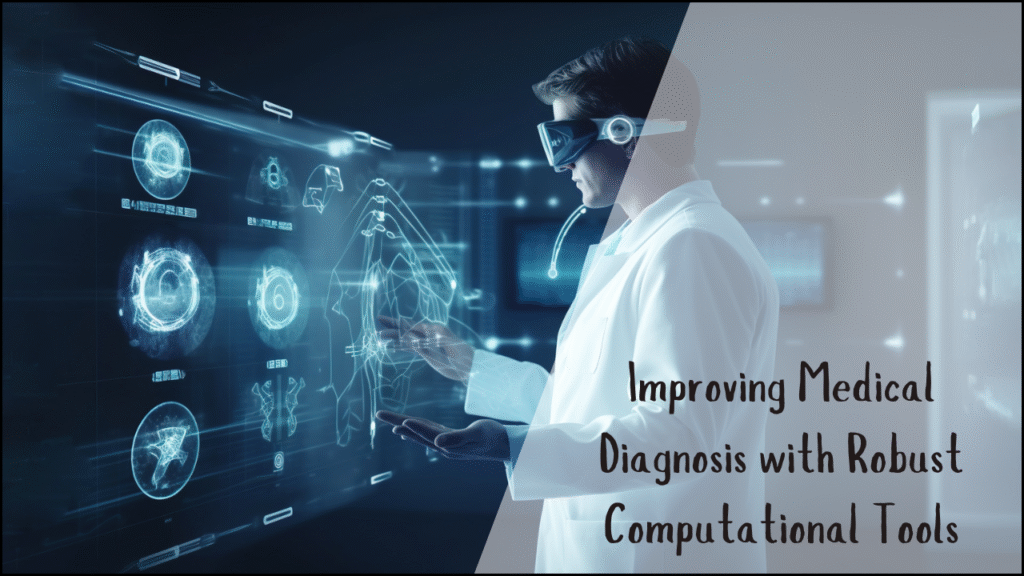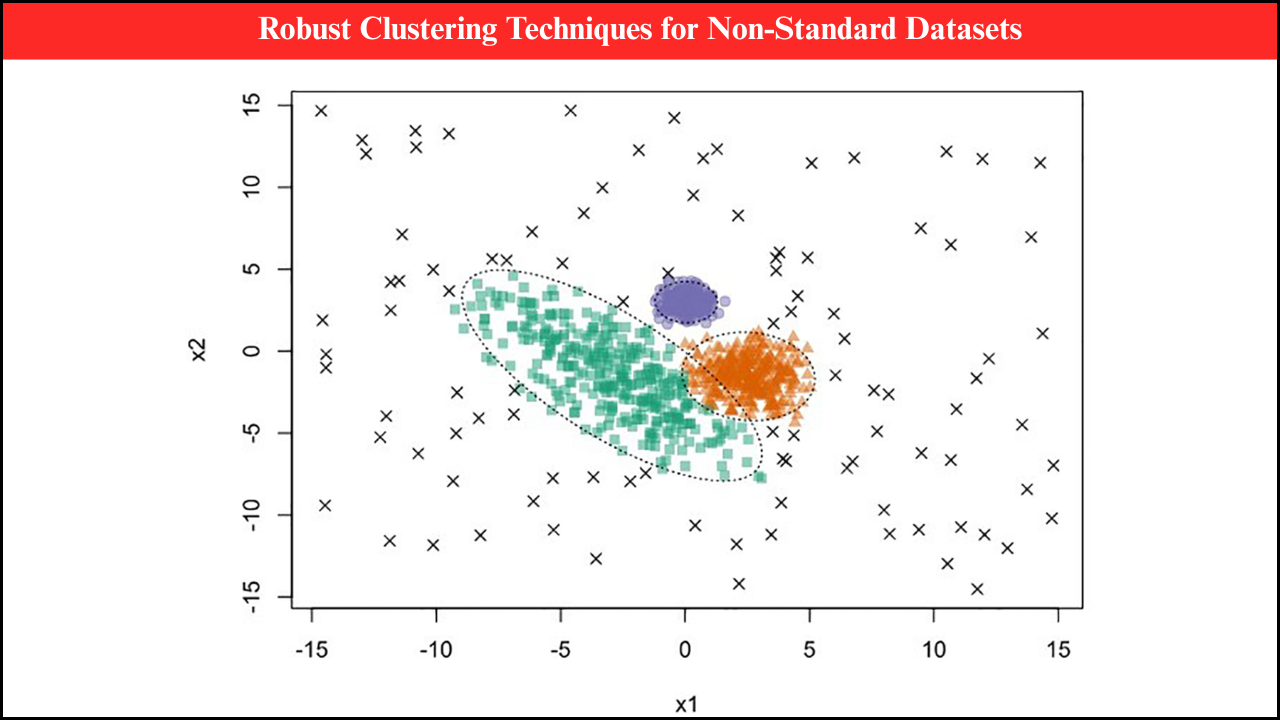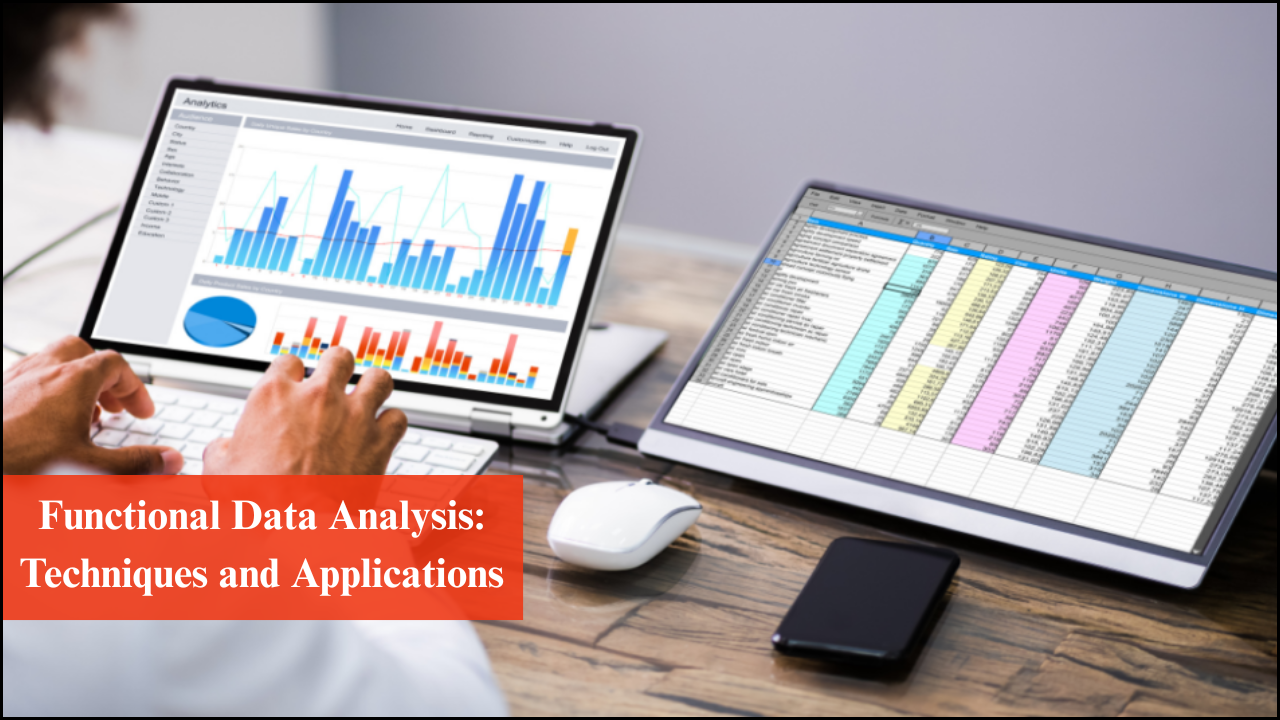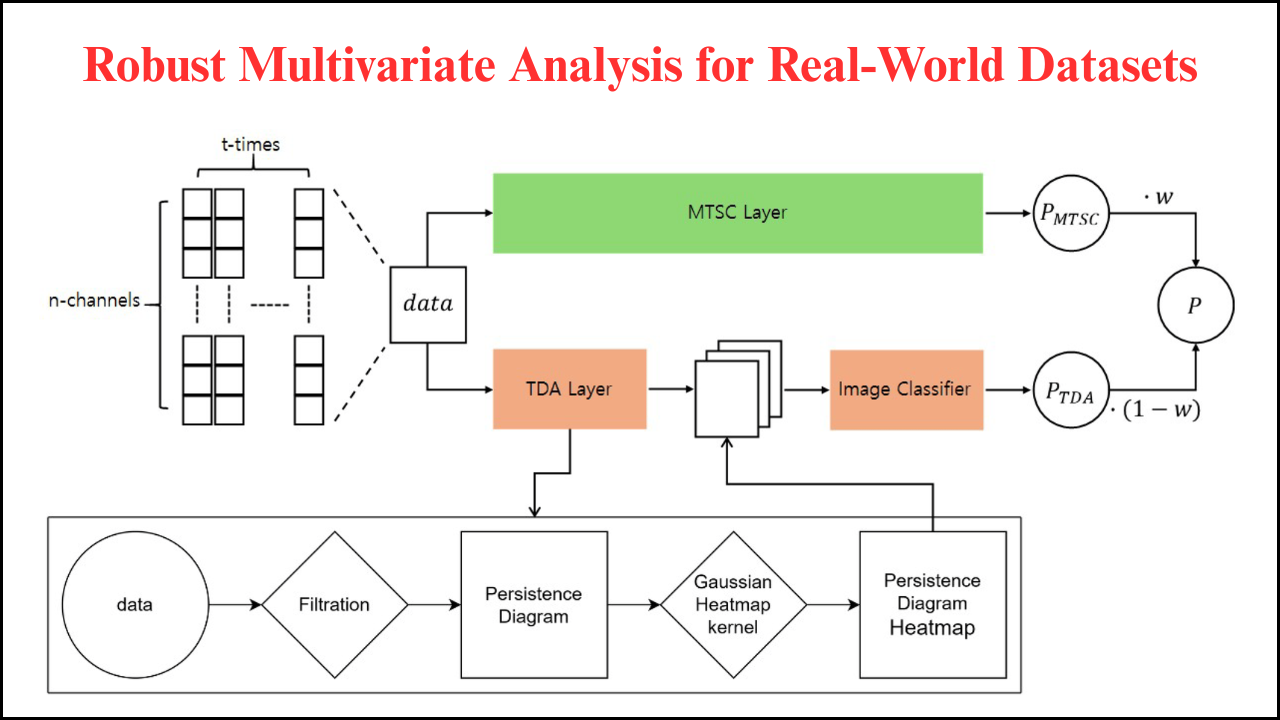
Medical diagnosis stands as the backbone of effective healthcare delivery. Accurate and timely identification of diseases determines not only the success of treatment but also the survival rates of patients. Increasing reliance on computational tools has transformed diagnostic practices by reducing errors, accelerating data analysis, and providing physicians with reliable decision-support systems. Robust computational methods ensure precision, adaptability, and transparency in handling medical complexities. The following sections explore the role of computational tools in modern diagnosis, the challenges addressed, innovations in technology, and their long-term impact on healthcare.
Table of Contents
Importance of Robust Computational Tools in Diagnosis
- Error Reduction
- Computational tools minimize human errors by analyzing vast medical records with consistency.
- Diagnostic accuracy improves when systems cross-check patient history, lab reports, and imaging results.
- Time Efficiency
- Automated systems reduce the time needed for analyzing scans or test results.
- Faster reporting allows early intervention for life-threatening conditions.
- Scalability
- Tools can handle millions of patient records simultaneously, which is critical in large hospitals.
- The scalability supports mass screening programs during epidemics or pandemics.
- Support for Physicians
- Doctors receive second opinions from machine-learning models to strengthen decision-making.
- Decision-support tools highlight possible conditions based on symptoms, narrowing diagnostic options.
Challenges in Traditional Diagnosis
- Subjectivity of Interpretation
- Different physicians may interpret symptoms or scans differently, leading to variability in outcomes.
- Time Constraints
- Manual examination of data delays diagnosis in busy healthcare systems.
- Limited Resources
- Rural hospitals often lack advanced imaging experts or diagnostic specialists.
- Data Overload
- Rising patient data volume makes it impossible for doctors to review every detail without computational help.
Role of Computational Tools in Modern Healthcare
- Medical Imaging Analysis
- AI-powered systems interpret X-rays, CT scans, and MRIs with precision.
- Algorithms detect patterns that humans may overlook.
- Predictive Modeling
- Machine learning predicts disease progression based on historical and real-time patient data.
- Predictive systems help in preventive healthcare planning.
- Genomic Data Processing
- Computational models decode genetic information to detect hereditary risks.
- Personalized treatment strategies emerge from genomic data analysis.
- Electronic Health Records (EHR) Integration
- Computational systems combine patient histories, lab results, and prescriptions into structured insights.
- Physicians access a unified view, improving clinical decision-making.
Key Computational Approaches
- Machine Learning Algorithms
- Learn from past patient cases to predict future diagnoses.
- Improve continuously with new data inputs.
- Deep Learning Models
- Mimic human brain structures to analyze medical images.
- Excel in identifying tumors, fractures, or anomalies.
- Natural Language Processing (NLP)
- Convert unstructured medical notes into analyzable data.
- Extract relevant patient information from reports.
- Bayesian Networks
- Provide probability-based diagnostic suggestions.
- Handle uncertainty in patient symptoms.
Applications in Specific Medical Fields
| Medical Field | Computational Application | Impact |
|---|---|---|
| Radiology | Deep learning for X-ray and MRI interpretation | Early detection of cancers and fractures |
| Pathology | Automated microscopy image analysis | Faster identification of abnormal cells |
| Cardiology | Predictive algorithms for ECG readings | Accurate detection of arrhythmias |
| Oncology | Genomic sequencing with AI support | Personalized cancer therapies |
| Neurology | Brain scan analysis using machine learning | Early Alzheimer’s and stroke prediction |
| Dermatology | Image-based skin lesion classification | Rapid melanoma detection |
Benefits of Robust Computational Systems
- Accuracy and Consistency
- Systems deliver reproducible results across different patients and conditions.
- Cost Efficiency
- Automated processes reduce the need for repeat tests and minimize hospital expenditures.
- Accessibility
- Cloud-based diagnostic tools provide access to patients in rural or underserved regions.
- Early Detection
- Algorithms identify diseases at early stages, improving treatment success rates.
Limitations and Ethical Considerations
- Data Privacy Concerns
- Patient information stored in digital systems may face cybersecurity threats.
- Bias in Algorithms
- Training data that lacks diversity can produce skewed outcomes for specific demographics.
- Dependence on Technology
- Overreliance on computational tools may reduce critical thinking in physicians.
- Interpretability Challenge
- Black-box models create difficulty in explaining how diagnoses are reached.
Case Studies Highlighting Impact
- Breast Cancer Screening
- AI-based mammogram analysis achieved higher accuracy than many radiologists in detecting early tumors.
- COVID-19 Detection
- Machine learning models analyzed chest CT scans to differentiate between COVID-19 and other pneumonia.
- Diabetes Prediction
- Computational models used patient lifestyle data to predict diabetes onset years in advance.
- Stroke Prediction
- Predictive analytics identified high-risk patients based on EHR data, enabling preventive care.
Future Directions of Computational Diagnostics
- Integration with Wearables
- Real-time monitoring through smartwatches and biosensors will generate continuous health data.
- Personalized Medicine
- Computational systems will merge genetic, lifestyle, and environmental data to provide customized treatments.
- Federated Learning Models
- Hospitals will train algorithms collaboratively without sharing raw patient data, ensuring privacy.
- Explainable AI
- The development of transparent systems will allow physicians to understand model reasoning.
- Global Accessibility
- Mobile-based diagnostic tools will expand healthcare access in low-income regions.
Comparison Between Traditional Diagnosis and Computational Diagnosis
| Aspect | Traditional Diagnosis | Computational Diagnosis |
|---|---|---|
| Accuracy | Relies heavily on physician expertise | Ensures higher accuracy with data-driven insights |
| Time | Lengthy process for data review | Rapid analysis within minutes |
| Scalability | Limited to the patient load of individual doctors | Handles large datasets simultaneously |
| Cost | Higher due to repeated tests | Lower by reducing redundancy |
| Consistency | Varies across practitioners | Standardized across different cases |
Strategies for Effective Implementation
- Investment in Infrastructure
- Hospitals need high-performance computing resources and secure databases.
- Training for Medical Professionals
- Doctors must be trained to interpret computational outputs effectively.
- Collaboration Between Disciplines
- Joint work among engineers, data scientists, and medical experts ensures reliable systems.
- Regulatory Frameworks
- Government guidelines should monitor ethical use and patient data protection.
- Continuous Improvement
- Systems must be updated with new medical knowledge to remain effective.
Key Takeaways
Medical diagnosis benefits immensely from the application of robust computational tools. These technologies transform healthcare by enabling faster, more precise, and scalable diagnostic practices. Physicians receive support in handling overwhelming amounts of patient data, while patients gain access to early detection and personalized treatments. Challenges such as bias, privacy, and overreliance on machines require careful regulation and transparent development. The future of diagnosis lies in harmonizing human expertise with computational intelligence, ensuring better health outcomes worldwide.





